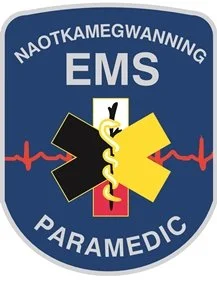Community Paramedicine and Stroke
Bridging the Gap from Hospital to Home
Community paramedicine programs can play a vital role in stroke care by providing proactive, preventative, and responsive care in the community, reducing hospital readmissions, and improving patient outcomes.
CP & Stroke Leads
Keli Cristofaro Keli.Cristofaro@tbh.net
Tara Lewis Tara.Lewis3@tbh.net
Goals
Improving quality of life, wellbeing and health
Reduce 911 calls, emergency department visits and hospital admissions
Facilitate stroke care assessments, education and navigation
Collaborate with patients' health care providers reducing the need for clinic visits
Check out the communities that are active with CP & Stroke services
Service Information
Patient Resource - Medical Factors
Patient Resource - Lifestyle Factors
Patient Resource - Post Stroke/TIA Factor - Physical
Patient Resource - Post Stroke/TIA Factor - Personal
Patient Resource - Post Stroke/TIA Factor - Activities







